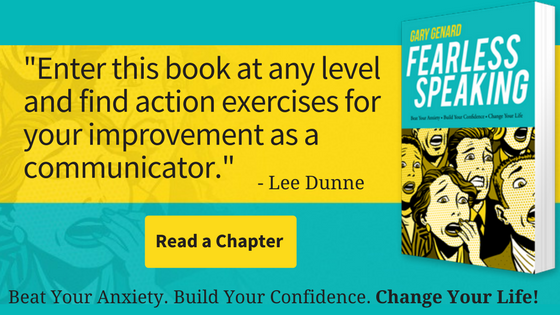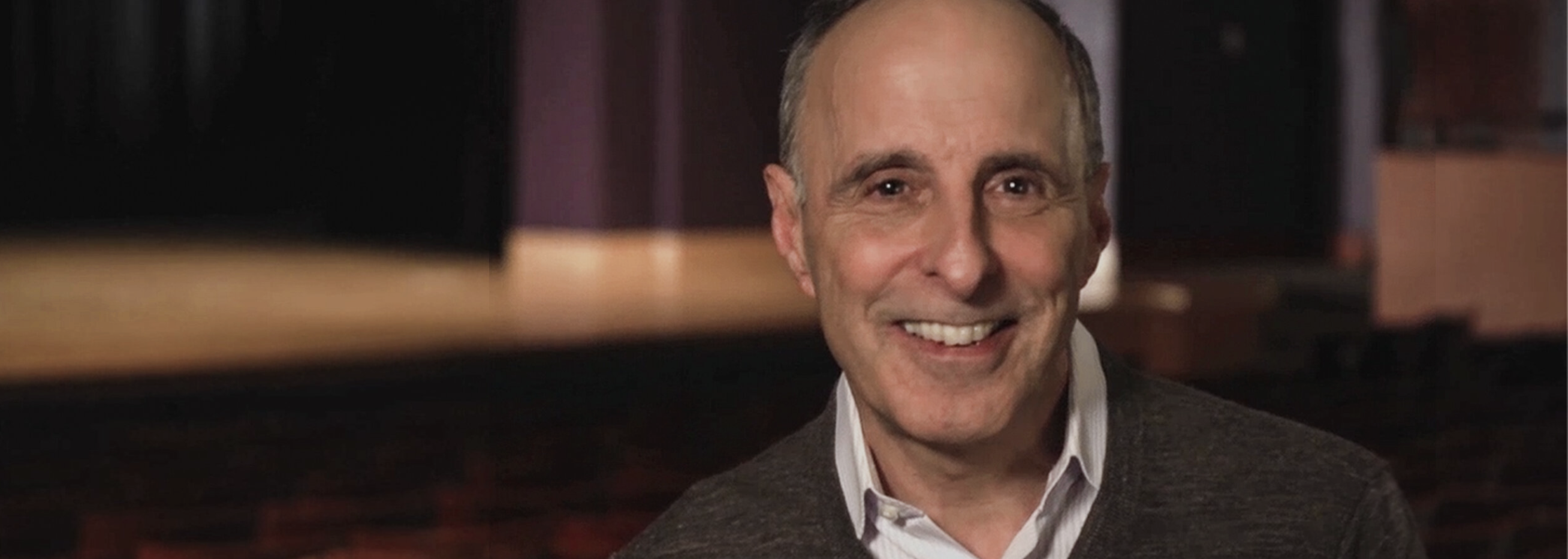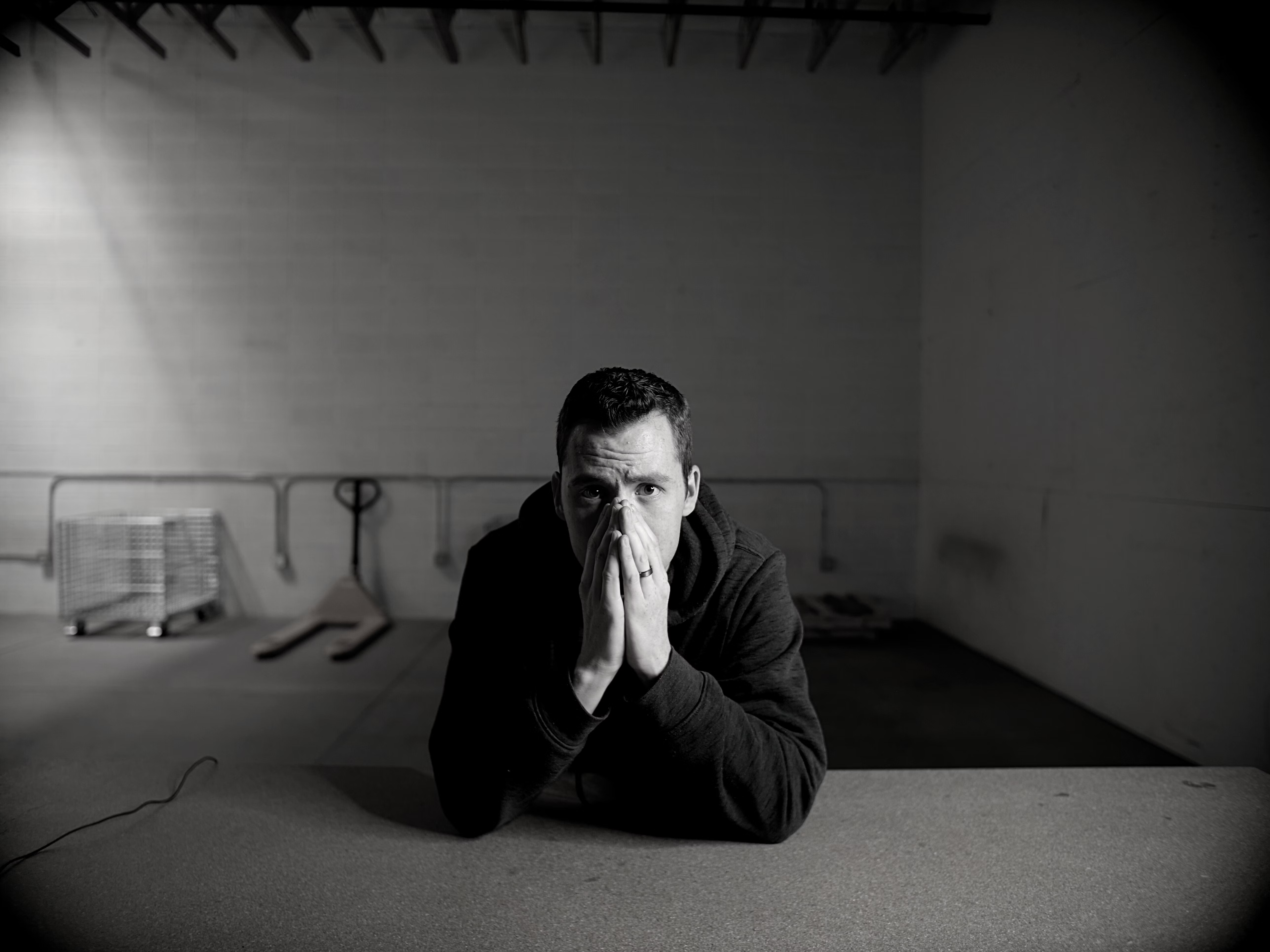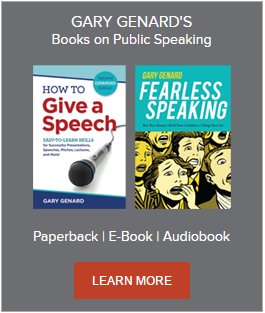One way or another, most of us experience some form of nervousness at the start of a speech or presentation.
You know what it's like . . . the initial moments of your talk when everybody is watching you expectantly. Call it the 'awful first two minutes.'
Is stage fright holding you back? Get Fearless Speaking, named "One Of The 100 Best Confidence Books Of All Time." On Amazon. Click on the image below for a free chapter!
How Negative Self-Talk Harms Your Public Speaking
During this anxious time when you haven't yet clicked with listeners, you can be your own worst enemy by indulging in negative self-talk. While your audience is watching you, for instance, you may be thinking the following, courtesy of your nervousness and speech anxiety:
- Nobody looks the least bit interested.
- Everyone is judging my competence.
- I've suddenly grown these appendages (some people call them "arms") that I don't know what to do with.
- Whatever I was going to say has just flown right out of my head.
- I know the audience can see I'm nervous, and that's making me, well, nervous.
- I'm sure that if there's a Hell, I'm in it!
Discover how to speak with ease and enjoyment instead, even if you have just 5 minutes to spare! Download my free cheat sheet, "How to Calm Your Nerves Before Speaking."
How to Avoid a Self-Fulfilling Prophecy of Failure
The reality of this situation, however, is quite different from your perception. Your audience is actually the most attentive they'll be for your entire presentation. They are expectant—but they want you to succeed, not fail. Trust me that no one is paying attention to how you're using your arms. And anyway, nearly all your nervousness isn't visible to your audience.
In other words, you're doing fine! Woody Allen once said that 80 percent of success is just showing up—and just by being here speaking, you've got that covered. So you can relax.
Easier said than done, huh?
Yet there are two tried-and-true ways you can avoid the self-fulfilling prophecy of a speech that starts out disastrously in that all-important opening when you're most nervous. The first method has to do with your attitude, and the second utilizes a few simple skills.
Looking for a guide to great openings? Get my e-book for launching your presentations with clarity and impact. It's all in my practical e-guide, "How to Start a Speech."
1. Establish Rapport with Your Audience
You make things much worse for yourself if you view the audience as the enemy and mentally stage a retreat. The truth is, you can't retreat. You're here to give a presentation, and running out of the room just isn't an option. By thinking of yourself as apart from the needs of your listeners, you're putting yourself in a situation that denies reality and makes it impossible for you to succeed.
So embrace your audience instead. You're in that room or auditorium to share something of mutual interest with these people. For their part, they're genuinely interested in what you have to say. To guarantee that that's the case, learn how to perform an audience analysis so you know their needs. Accept that reality and simply talk to them. They're on your side.
Audiences feel fulfilled when speakers succeed, and terrible when they don't. So don't try to be excellent; simply do your best to share your ideas with your listeners. If you proceed like this, you'll lift a huge weight off your shoulders, and the situation will become enjoyable.
Want to click with audiences? Get my Free Tips and Tricks Guide, 20 Ways To Connect With An Audience For Lasting Influence. Get on their wavelength and stay there!
2. Use Diaphragmatic Breathing and Movement!
Along with your new attitude, arm yourself with a trio of skills that will add a physical dimension to your comfort and confidence. The first skill is diaphragmatic or "belly breathing," which counters the shallow, rapid breathing that accompanies speech anxiety. Remind yourself to breathe more deeply and slowly, which will calm your heart rate and oxygenate your brain.
Once you're breathing fully and diaphragmatically, work on the second element: your physical expressiveness. Gesture, use facial expressions, and vary your voice (which is produced physically). Be a lively presence, not a sedate one! It will make a huge difference in your audience's attentiveness.
And use the space that's yours to command. That's the third element: movement. Movement has a number of advantages. Apart from making your presentation more dynamic and interesting, it benefits you by releasing tension and the "trapped" feeling which anxiety brings with it. It also, of course, adds a visual dimension for your audience. And if you move to a different spot for each main point, your positions will help audiences retain those points.
Now you're doing something which should feel liberating and empowering: delivering a performance.
Isn't that better than enduring two minutes of pure hell?
You should follow me on Twitter here.


Gary Genard is an actor, author, and expert in public speaking and overcoming speaking fear. His company, The Genard Method offers live 1:1 Zoom executive coaching and corporate group training worldwide. In 2022 for the ninth consecutive year, Gary has been ranked by Global Gurus as One of the World’s Top 30 Communication Professionals. He is the author of the Amazon Best-Seller How to Give a Speech. His second book, Fearless Speaking, was named in 2019 as "One of the 100 Best Confidence Books of All Time." His handbook for presenting in videoconferences, Speaking Virtually offers strategies and tools for developing virtual presence in online meetings. His latest book is Speak for Leadership: An Executive Speech Coach's Secrets for Developing Leadership Presence. Contact Gary here.
Photo credit: Matthew Osborn on unsplash.com




